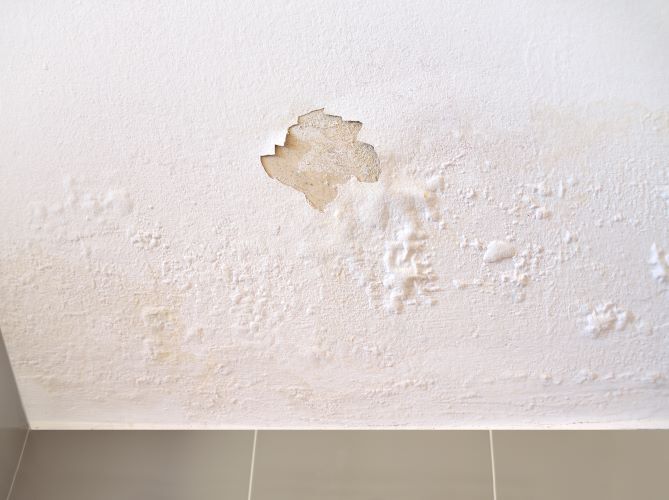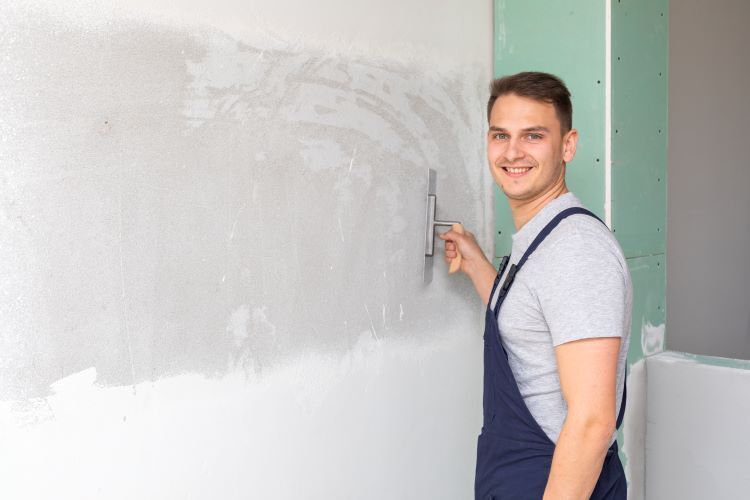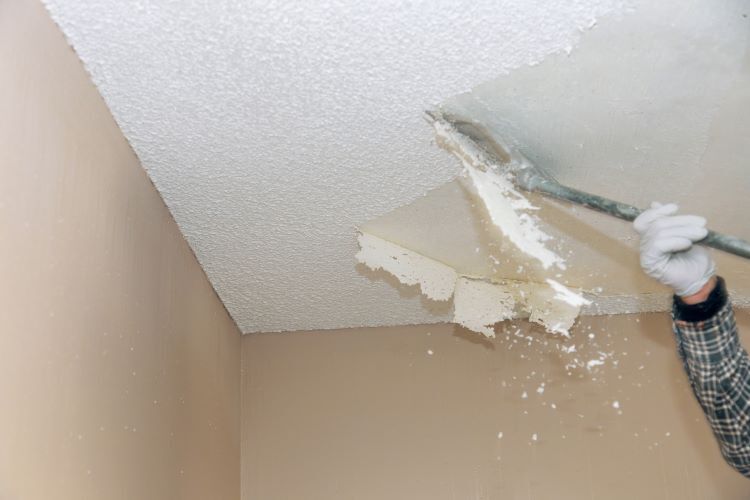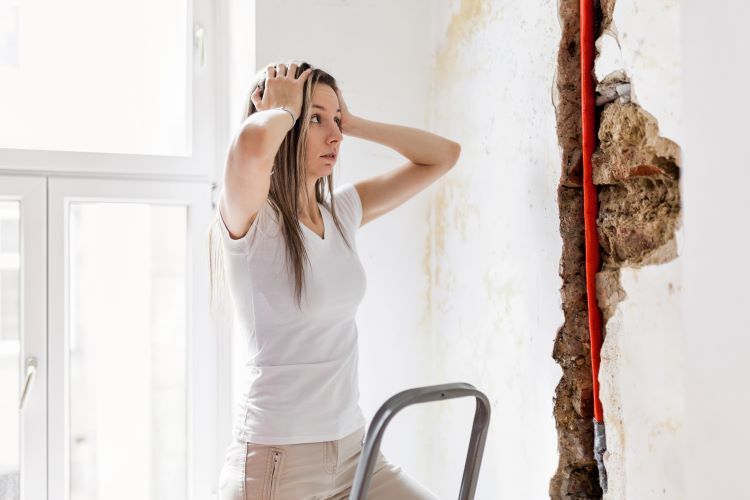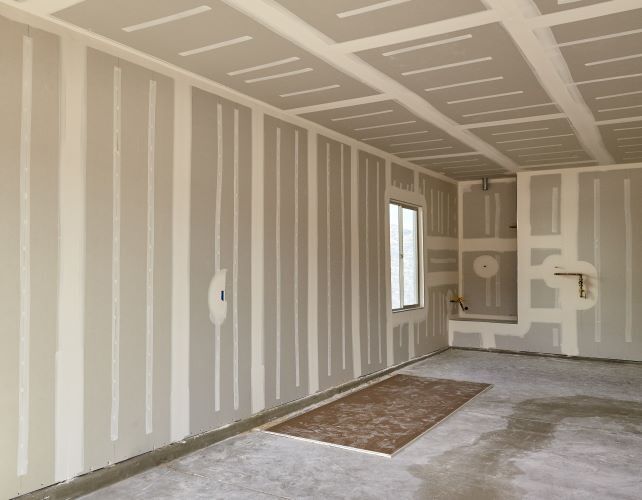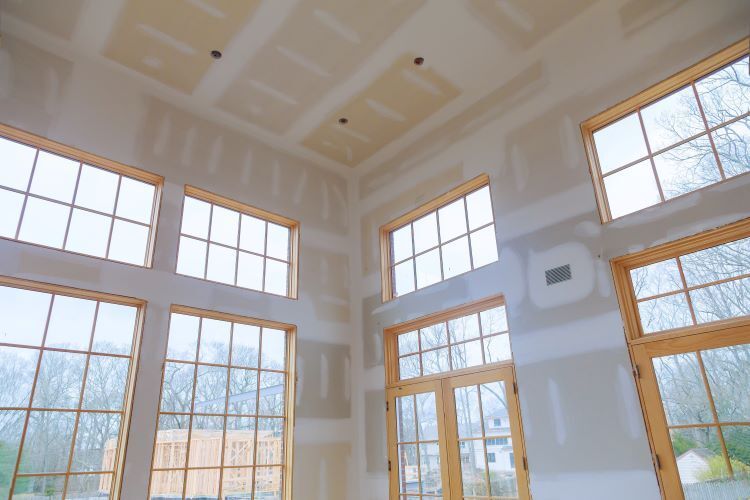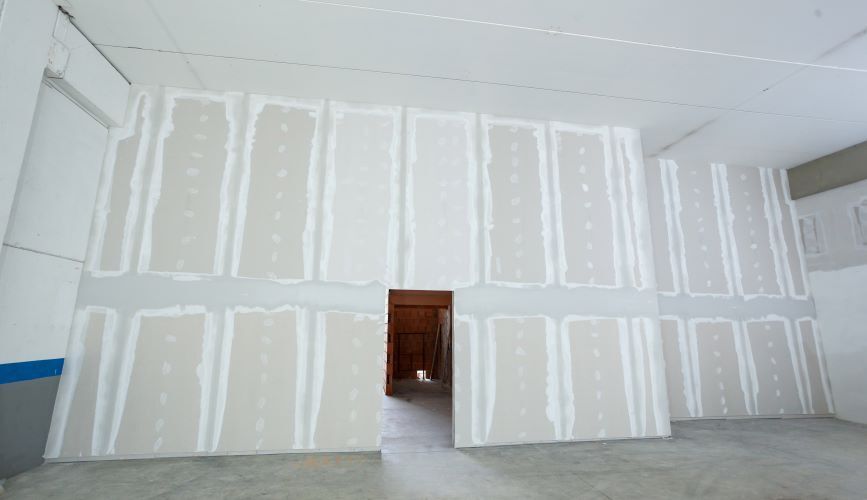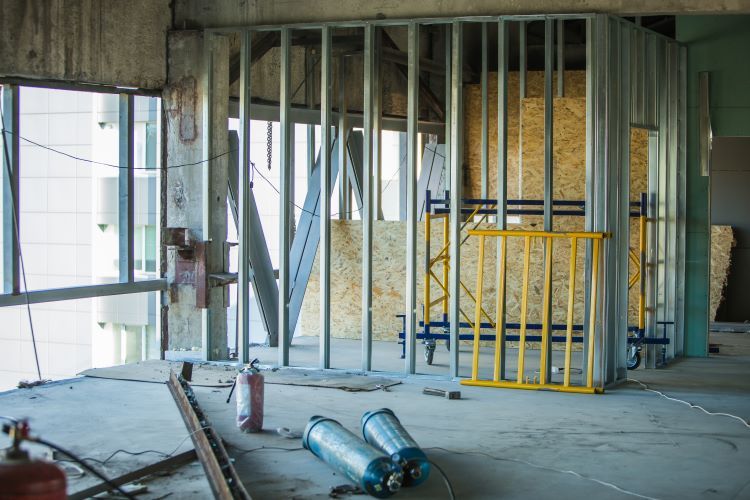The Role of Fire-Resistant Drywall in Commercial Buildings

In commercial construction, safety and durability are paramount considerations. One crucial element that significantly enhances the safety of commercial buildings is fire-resistant drywall. At London Drywallers, we understand the importance of using high-quality materials to protect properties and their occupants. In this article, we’ll explore the role of fire-resistant drywall in commercial buildings and why it’s an essential component in modern construction.
What is Fire-Resistant Drywall?
Fire-resistant drywall, also known as Type X drywall, is specially designed to withstand high temperatures and slow the spread of fire. It contains glass fibers and other non-combustible materials that increase its resistance to fire compared to standard drywall. Type X drywall typically has a thickness of 5/8 inches and provides a fire-resistance rating of up to one hour per sheet.
Why Fire-Resistant Drywall is Essential in Commercial Buildings
1. Enhanced Safety
The primary purpose of fire-resistant drywall is to enhance the safety of a building’s occupants. In the event of a fire, this type of drywall helps to contain the fire within a specific area, giving people more time to evacuate safely. It can also prevent the fire from spreading to other parts of the building, reducing the risk of widespread damage and injury.
2. Compliance with Building Codes
Commercial buildings are subject to stringent building codes and regulations, many of which mandate the use of fire-resistant materials. Fire-resistant drywall is often required in certain areas of a commercial building, such as corridors, stairwells, and walls separating different units. Using the appropriate drywall ensures compliance with these codes, which is crucial for obtaining necessary permits and certifications.
3. Protection of Property and Assets
Fires can cause extensive damage to property and valuable assets. By incorporating fire-resistant drywall, building owners can significantly reduce the potential damage caused by a fire. This not only protects the physical structure but also safeguards equipment, inventory, and other valuable items within the building.
4. Insurance Benefits
Many insurance companies recognize the value of fire-resistant materials in reducing fire risk. As a result, buildings that incorporate fire-resistant drywall may qualify for lower insurance premiums. This can lead to significant cost savings over time, making it a financially prudent choice for commercial property owners.
5. Peace of Mind
Knowing that a building is equipped with fire-resistant drywall provides peace of mind to owners, tenants, and employees. It demonstrates a commitment to safety and can enhance the overall reputation of the business. In the event of a fire, having fire-resistant materials can make a critical difference in the outcome.
Key Applications of Fire-Resistant Drywall in Commercial Buildings
1. Fire-Rated Partitions
Fire-rated partitions are essential in commercial buildings to separate different areas and prevent the spread of fire. Fire-resistant drywall is commonly used in these partitions to meet fire safety requirements. These partitions are often found in multi-unit buildings, offices, and retail spaces.
2. Shaft Enclosures
Shaft enclosures, such as those surrounding elevators and mechanical systems, must be fire-resistant to protect the integrity of the building’s structure. Fire-resistant drywall is used to line these enclosures, ensuring that fires cannot easily travel between floors.
3. Ceilings and Floors
Fire-resistant drywall can also be used in the ceilings and floors of commercial buildings to provide additional protection. This is particularly important in multi-story buildings, where fires could otherwise spread rapidly between levels.
4. Corridors and Exit Routes
Ensuring that exit routes and corridors are lined with fire-resistant drywall is crucial for the safe evacuation of occupants. These areas must remain passable during a fire, and fire-resistant materials help to maintain their structural integrity for longer periods.
Installation Considerations for Fire-Resistant Drywall
1. Proper Installation Techniques
To maximize the effectiveness of fire-resistant drywall, it must be installed correctly. This includes using the appropriate type and thickness of drywall, as well as ensuring that all seams and joints are properly sealed.
Professional installation by experienced contractors, such as those at London Drywallers, is essential for achieving optimal fire protection.
2. Regular Inspections and Maintenance
Fire-resistant drywall requires regular inspections and maintenance to ensure it remains effective. This includes checking for any damage or wear and making necessary repairs promptly. Regular inspections can help to identify potential issues before they become serious problems.
Conclusion
Fire-resistant drywall plays a crucial role in enhancing the safety and resilience of commercial buildings. It helps to contain fires, protect occupants, and reduce property damage, all while ensuring compliance with building codes and potentially lowering insurance costs. At London Drywallers, we are committed to providing high-quality fire-resistant drywall solutions for commercial properties, helping to create safer and more secure environments.
If you’re planning a commercial construction or renovation project, contact London Drywallers today to learn more about our fire-resistant drywall services and how we can help you protect your property and its occupants.
